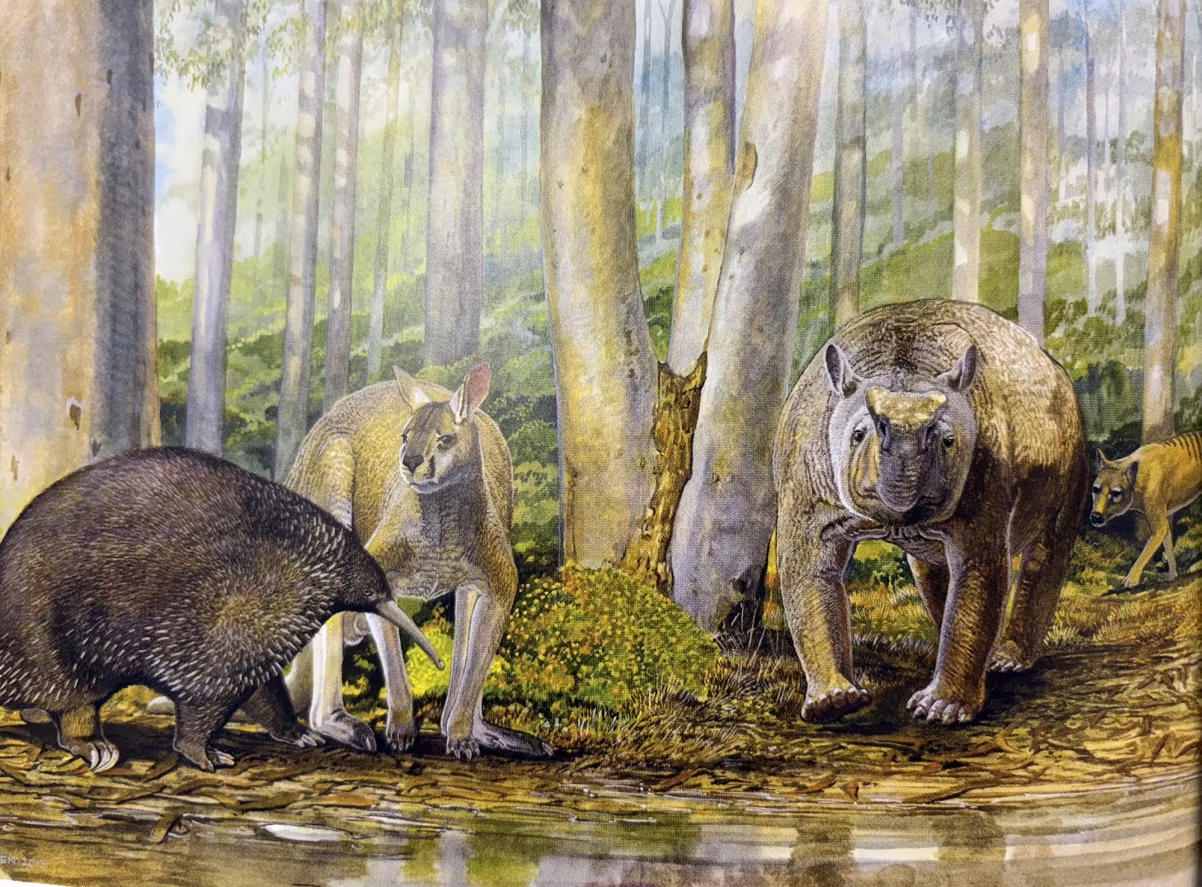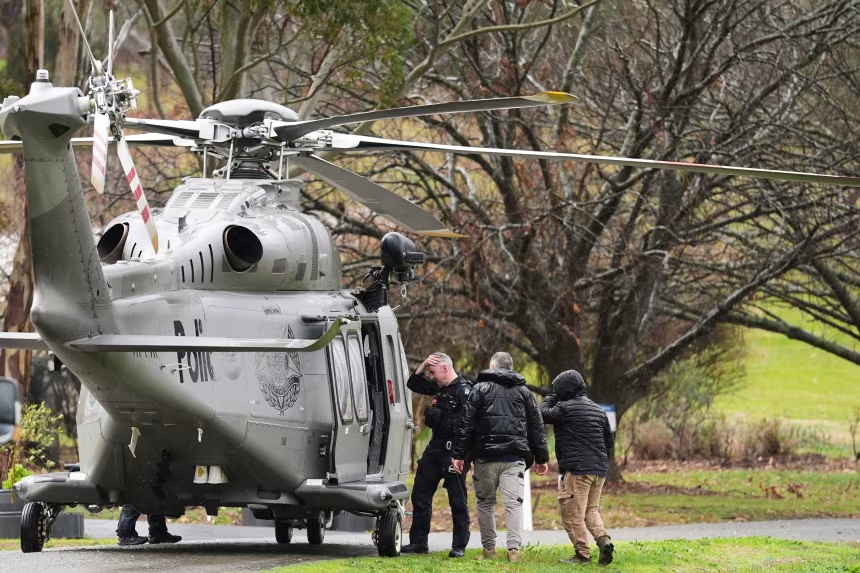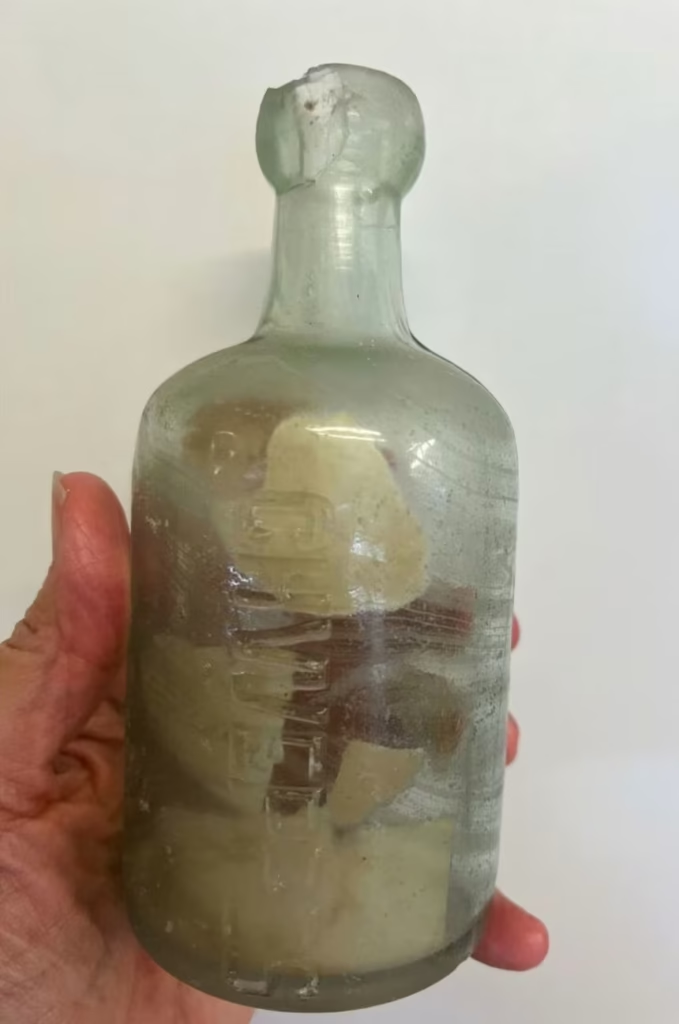Now Reading: New Study Challenges Long-Held Belief That Indigenous Australians Drove Megafauna Extinction
-
01
New Study Challenges Long-Held Belief That Indigenous Australians Drove Megafauna Extinction
New Study Challenges Long-Held Belief That Indigenous Australians Drove Megafauna Extinction

A groundbreaking study has upended decades of scientific assumptions, suggesting that Australia’s First Peoples did not hunt large animals to extinction. Recent analysis of fossils, some dating back 50,000 years, indicates that Indigenous Australians may have collected bones as cultural objects or curiosities, rather than merely as food.
Fossils Show Evidence of Collection, Not Butchery
Researchers examined a fossilised kangaroo tibia from Mammoth Cave in southwestern Australia, first excavated between 1909 and 1915. Long considered proof of hunting, a micro-CT scan revealed that the cut marks on the bone occurred after fossilisation, meaning the animal was already dead.
“The cut was part of an effort to collect the fossilised bone as a curiosity by First Nations People — they were fossil collectors, just like us,” said Dr. Michael Archer, lead author and professor at the University of New South Wales.
A second fossil, a premolar from the extinct giant wombat Zygomaturus trilobus, further supports the idea of fossil collection. The tooth was preserved as a charm in northern Australia, likely traded from the southwest, highlighting the cultural and symbolic value placed on ancient remains.
Rethinking Megafauna Extinction in Australia
For decades, scientists argued that the arrival of humans on the continent around 65,000 years ago led to the rapid extinction of megafauna such as giant echidnas, short-faced kangaroos, and rhino-sized wombat-like marsupials by about 46,000 years ago.
The new findings suggest that climate change, rather than over-hunting, was likely the primary driver of extinction. Humans and megafauna may have coexisted for at least 15,000 years, according to the study published in Royal Society Open Science.
“Evidence suggests that humans were an integral part of the ecosystem, valuing and sustainably utilising the continent’s native fauna,” Archer said.
Archaeologists note that Indigenous Australians have a long history of using bones and shells as adornment or cultural objects, dating back thousands of years, reinforcing the reinterpretation of their interactions with megafauna.
A New Perspective on Human Behaviour
The study challenges Western assumptions that early humans always caused mass extinctions in new lands. Instead, it paints a picture of sustainable coexistence, where early Australians appreciated the symbolic and cultural significance of animals as much as their practical uses.
“This adds a fascinating layer to our understanding of human behaviour and how ancient people interacted with their environment,” said archaeologist Dr. Judith Field, who was not involved in the study.





















